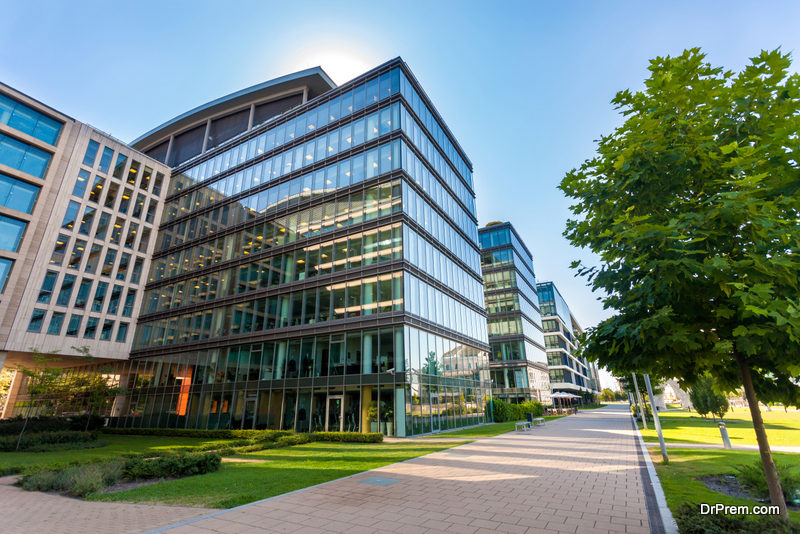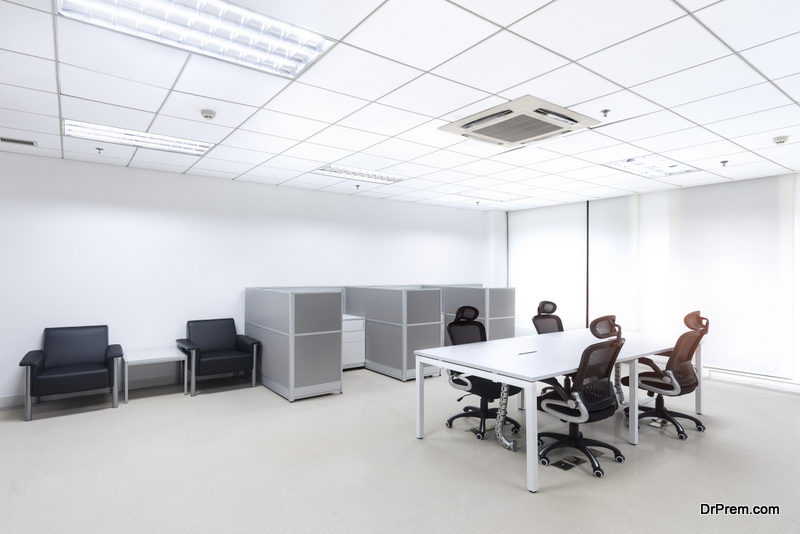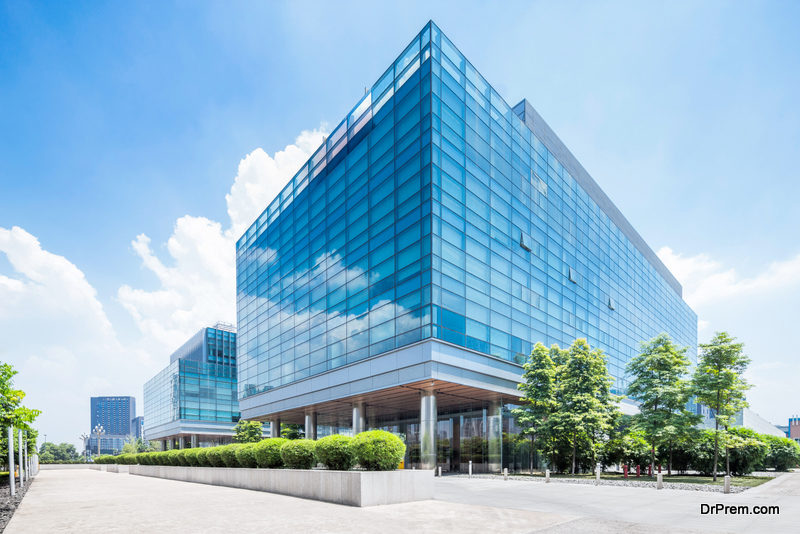For businesses, finding the right type of property to lease can be a huge challenge. Not only do you have to think about location and cost, but you also have to consider the way in which the property will be used. If you don’t approach an industrial lease from the right angle, you can put your business in a tight spot for years to come.
6 Considerations for Leasing Industrial Real Estate
Industrial leases aren’t rocket science. But they do require more than an elementary understanding of how real estate deals work. Whether you’re looking to move from one space to another, or this is the first time you’ve ever rented a piece of industrial real estate, make sure you keep the following in mind:
1. Location
 Let’s begin with the most important word in all of real estate: location. For businesses, location matters on multiple fronts. From a cost perspective, the rate you pay is highly dependent on the area you rent in. An industrial space in the middle of a big city will come with a premium rate, whereas a warehouse in an abandoned industrial park on the edge of town will give you all the leverage.
Let’s begin with the most important word in all of real estate: location. For businesses, location matters on multiple fronts. From a cost perspective, the rate you pay is highly dependent on the area you rent in. An industrial space in the middle of a big city will come with a premium rate, whereas a warehouse in an abandoned industrial park on the edge of town will give you all the leverage.
From a business strategy point of view, location will help or hinder your ability to reach, serve, and add value to customers. Being located near your customers – or in close proximity to key interstates or shipping partners – will improve your flexibility and speed of delivery. Keep this in mind as you move forward in your search.
2. Parking
If you have significant parking needs and the industrial building doesn’t have but a few spaces, you’ll have to figure out a solution. Not only is there the expense of paving a parking lot, but there’s also upkeep. While you’ll likely be required to pay for the parking installation, the landlord should pick up the tab for ongoing maintenance.
3. True Dimensions
 In residential real estate, it’s common to think in terms of square footage. Even with office space, businesses are typically only concerned with how much floor space there is. But in an industrial building, learn how to adopt a three-dimensional perspective.
In residential real estate, it’s common to think in terms of square footage. Even with office space, businesses are typically only concerned with how much floor space there is. But in an industrial building, learn how to adopt a three-dimensional perspective.
In a warehouse, length and width are just two components. You also have to think about the space in terms of ceiling height. Ceilings should be high enough to account for machinery, shelving, and other equipment.
4. Lease Types
You can get creative with the types of lease agreements you use in an industrial space. It’s all about finding the one that’s most cost-effective and flexible for your needs.
One common type is an industrial gross lease. As this guide to industrial gross leases explains, it’s essentially a combination of a modified gross lease and a triple-net lease. It’s like a modified gross lease in the sense that the landlord provides some services – like insurance, property taxes, and exterior maintenance. It’s like a net lease in that the tenant picks up the cost for other property expenses.
Other popular commercial real estate leases include percentage leases, double net leases, and fully serviced leases.
5. HVAC, Power, Etc.
 As you’ll discover in your search, most industrial buildings don’t come with full building HVAC. If a particular building does, it was likely added by a former tenant. Never assume that it was properly maintained or that it’s in working condition. You’ll need an independent evaluation. You’ll also have to consider the electrical system and whether it’s sufficient for your needs. In either case, you should be able to add HVAC or modify power at your own expense.
As you’ll discover in your search, most industrial buildings don’t come with full building HVAC. If a particular building does, it was likely added by a former tenant. Never assume that it was properly maintained or that it’s in working condition. You’ll need an independent evaluation. You’ll also have to consider the electrical system and whether it’s sufficient for your needs. In either case, you should be able to add HVAC or modify power at your own expense.
6. Zoning
Never assume that an industrial space can be used for any purpose. It may look like a blank slate, but there are usually strict stipulations about what a business can do.
Adding it All Up
As you can see, there’s a lot that goes into securing the right lease for your business. Whether this is your first time negotiating a lease, or you’ve done it a dozen times before, it’s always recommended that you hire a real estate broker to represent your business. If nothing else, this move defers some element of risk and simultaneously provides peace of mind.
Article Submitted By Community Writer




